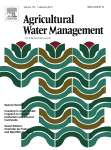Water balance in artificial on-farm agricultural water reservoirs for the irrigation of intensive greenhouse crops
Fernando Carvajal Ramírez, Francisco Agüera Vega, Julián Sánchez-Hermosilla López.
2014
Agricultural Water Management 131: 146– 155
http://dx.doi.org/10.1016/j.measurement.2016.12.002
ABSTRACT
The intensive-cropping system used in southeastern Spain is one of the most productive of the European Union. It is based on the efficient use of irrigation water using localised irrigation systems with water obtained mostly from small artificial on-farm agricultural water reservoirs (AWRs) that meet the evapotranspiration demands of the intensive greenhouse crops.
Several public and private initiatives have attempted to optimise the distribution of the water from wells and desalinating plants to avoid losses in the delivery network. However, the AWR water loss to evaporation could be dramatically reduced with the use of plastic shade materials. In addition, simple water-collection devices for capturing rainwater from the greenhouse roofs, which are currently used in more than half of the greenhouses of the study zone, recirculate water to the irrigation AWRs, significantly improving the water balance of the system.
The present work provides a monthly balance of the water deficit that could be overcome in an AWR over an irrigation season considering the rainwater directly received by the AWR, the losses due to direct evaporation from the AWR, and the water demand that must be met to provide sufficient irrigation. These water balances were compared with those that would occur if the AWR had been covered with shading material to reduce direct evaporation and if the rainwater from the greenhouse roofs had been collected in the AWR. When applying both of these management approaches, the annual water deficit decreased by 53.02%





